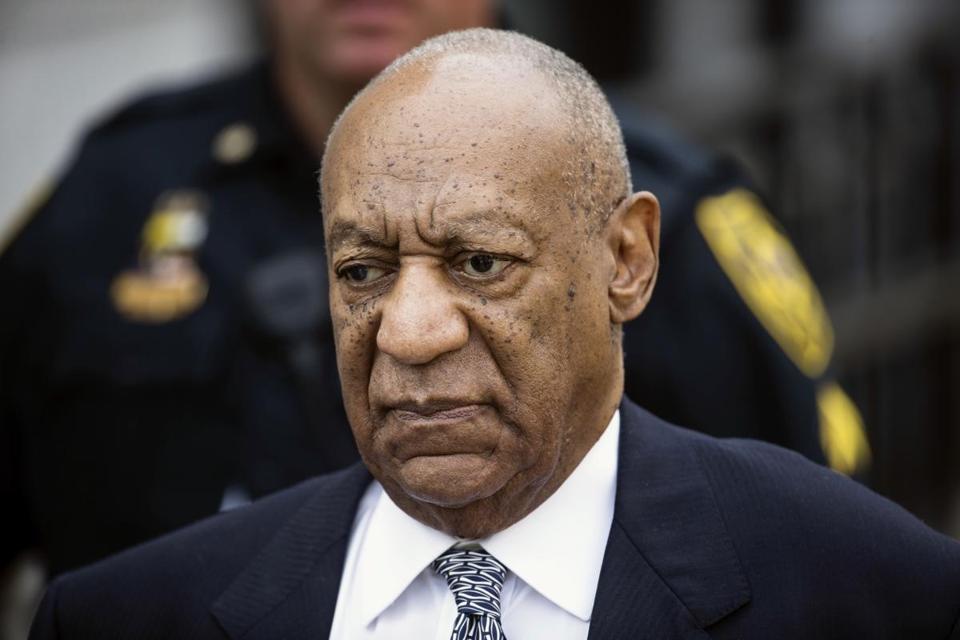
This page compiles resources to help you understand the context for Oklahoma’s teacher walkout, how state finances ended up in this crisis, and what solutions lawmakers can use to resolve the crisis.
Infographics
Key facts on education funding and teacher pay
- State funding has been cut deeply in recent years. Over the past decade (FY 2009 to FY 2018), the budget appropriated by lawmakers has shrunk 16 percent, adjusted for inflation. Over half of all state agencies have seen their state funding cut by over 20 percent since 2009, even before accounting for inflation.
- Per pupil state aid funding to public schools has been cut 28.2 percent below 2008 levels, adjusted for inflation. This cut is the largest in the U.S. — no other state even tops 20 percent on this same measure.
- Cuts are hitting all aspects of public education. The impacts include growing class sizes, fewer course offerings (especially in the arts, technology, and foreign languages), districts going to four-day school weeks, scarce school supplies, and the elimination of support staff like librarians and school counselors.
- Oklahoma teachers’ average take hope pay has shrunk 11 percent since FY 2006. Even in years when per capita personal income in Oklahoma was showing strong growth, teacher salaries did not improve. Compared to West Virginia, which recently went through a teacher strike, Oklahoma teachers receive similarly low pay and much worse overall education funding.
- Funding problems are not limited to teachers or education. Most state employees have gone more than a decade without a pay increase, and turnover of state workers has spiked as their salaries fall further behind the private sector.
How we got here
- Oklahoma’s tax system is no longer generating the revenue needed to pay for basic public services, even in good economic years. There are numerous indicators of a chronic and deepening budget gap, also known as a structural budget deficit.
- Repeated cuts to the state income tax made since the mid-2000s are one significant reason for the ongoing financial crisis. A decade of cuts to Oklahoma’s top income tax rate has reduced state revenues by more than $1 billion annually.
- Tax breaks for the oil and gas industry have also skyrocketed in recent years, and Oklahoma taxes this industry well below any of our peer oil and gas producing states. The current tax break for this industry is reducing revenues by more than $300 million annually.
- Other factors contributing to the budget crisis include rising health care costs, an aging population, economic changes the move more economic activity to things like services and online purchases that aren’t covered by existing sales taxes, and proliferating tax breaks. Some of these factors can be addressed on the state level while some require national reforms.
Solutions that Oklahoma lawmakers can pass to resolve the walkout
- Lawmakers have many good options for increasing revenues to resolve the teacher walkout. While OEA has made a funding request for teacher raises, improved general education and health care funding, and state employee raises that will cost $812 million in the first year, lawmakers have practical revenues options that could bring in as much as $1.4 billion annually.
- Together these options would ask all Oklahoma households and businesses to contribute their fair share without putting too much of the cost on any one group, and they would be a huge step towards solving the crisis Oklahoma faces as a result of years of budget cuts and underfunding.
- You can choose between funding options yourself using this interactive budget tool from Together Oklahoma.
Contact Your Legislators
Let your legislators know that you favor a comprehensive revenue solution to give teachers and state employees a raise and undo cuts to Oklahoma’s important core services.
Learn More / Do More
- ‘This is not OK’: Cuts are hitting all aspects of public education (OK Policy)
- Oklahoma teachers’ real take home pay has shrunk for 10 out of the past 11 years (OK Policy)
- As Oklahoma teachers plan to follow West Virginia in walkout, they confront a funding crisis that’s much worse (OK Policy)
- Oklahoma has many good options to resolve the teacher walkout (OK Policy)
- Turnover of state employees is climbing as salaries fall further behind (OK Policy)
- The Cost of Tax Cuts in Oklahoma (OK Policy)
- How Would You Resolve the Teacher Walkout? (Together Oklahoma)
- In a potential teacher walkout, communities must step up to fill the nutrition gap (Guest post: Brent Sadler)













